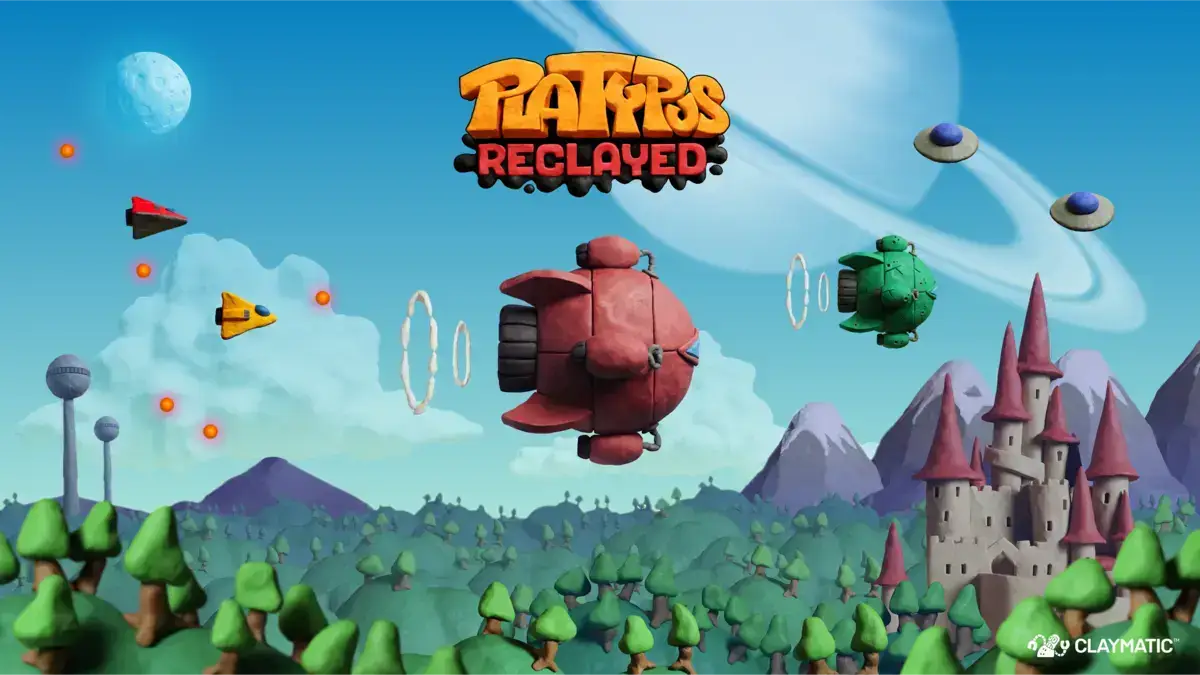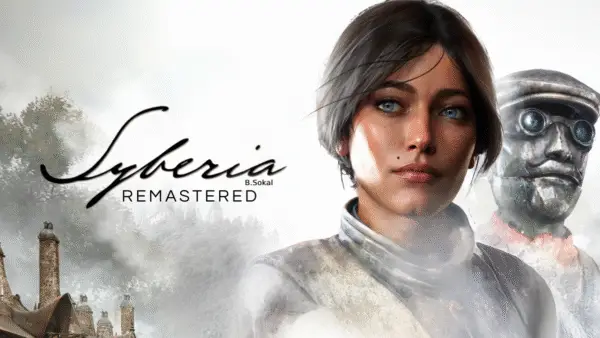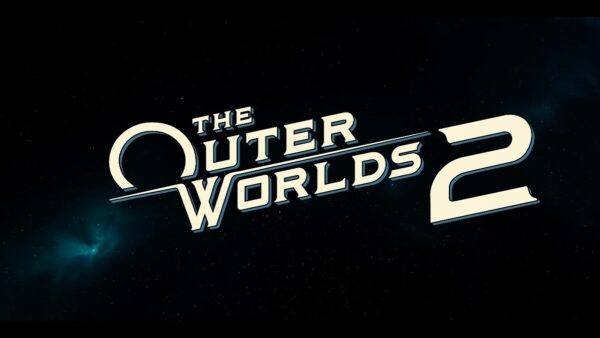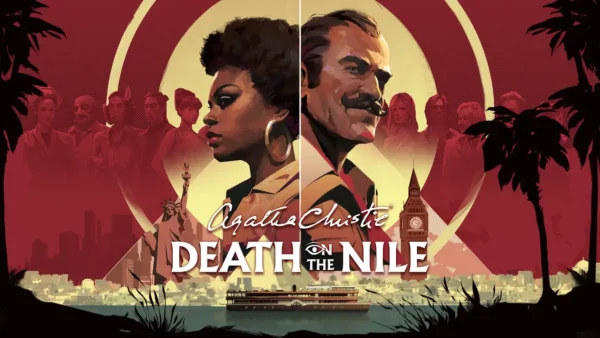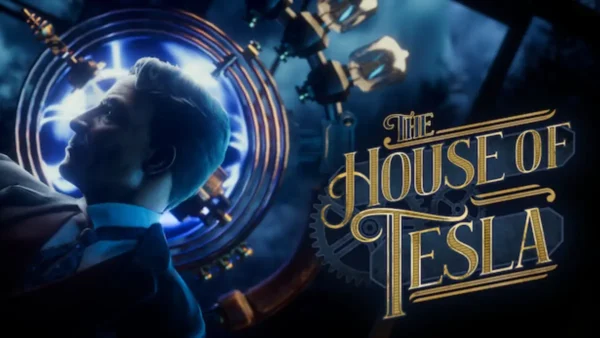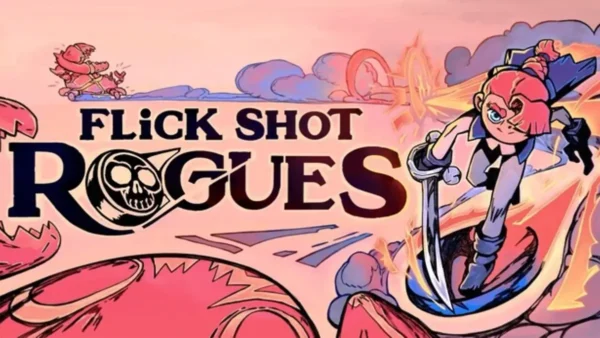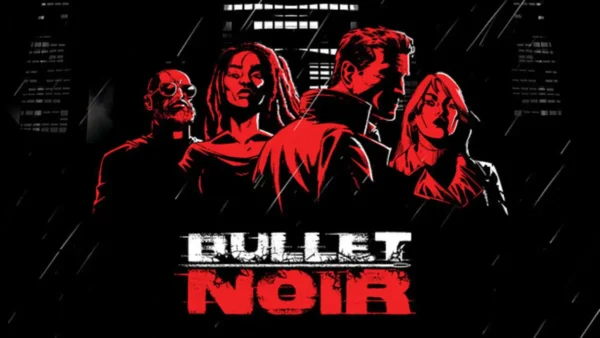The original Platypus sprang from the imagination of creator Anthony Flack, whose handmade clay ships and enemies gave a tiny indie shoot ’em up its big personality back in 2002. The new remake comes from a small modern team working with that original vision. They updated the engine, art capture, and feature set while keeping the classic spirit intact. This Platypus Reclayed Review looks at how well that balance holds up and whether the upgrades make it a better game in 2025.
First Impressions & Visuals
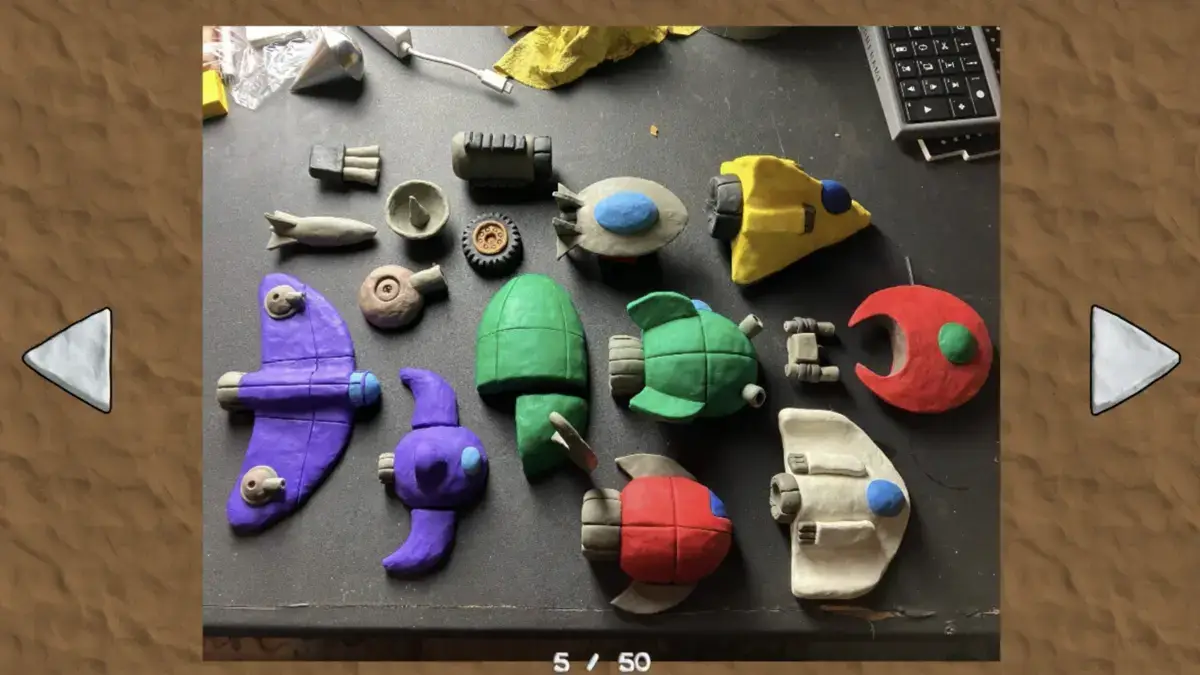
The clay art finally gets the showcase it deserves. Ships and backgrounds look crisp in high definition. Colors pop without crushing detail. Motion stays clear even when the screen gets busy. It never feels like someone stretched old assets to fit a widescreen. The UI is cleaner. The play space is roomier. The whole diorama vibe lands like I remembered it, only sharper.
From a player angle, this glow up matters. When bullets stack and power ups fly, the sharper art and tidy HUD cut through the chaos. Enemy shapes read quickly. Projectile colors stay distinct. Power up icons pop against the background. I react to information instead of guessing through noise. Hitboxes feel honest and inputs are crisp, so I can thread gaps I would have fumbled before. Even during big set pieces, frame pacing stays steady and the image never smears. I survived more because I made better decisions, not because the game hid danger. It looks better and plays cleaner, which is exactly what I want from a visual remaster. On my first session back, I even clocked exactly what hit me when a late screen burst clipped my wing. That clarity let me fix the route on the very next run.
With the visual clarity locked in, the next question is how it feels once you start routing enemies, chasing scores, and swapping modes.
The Play Suite
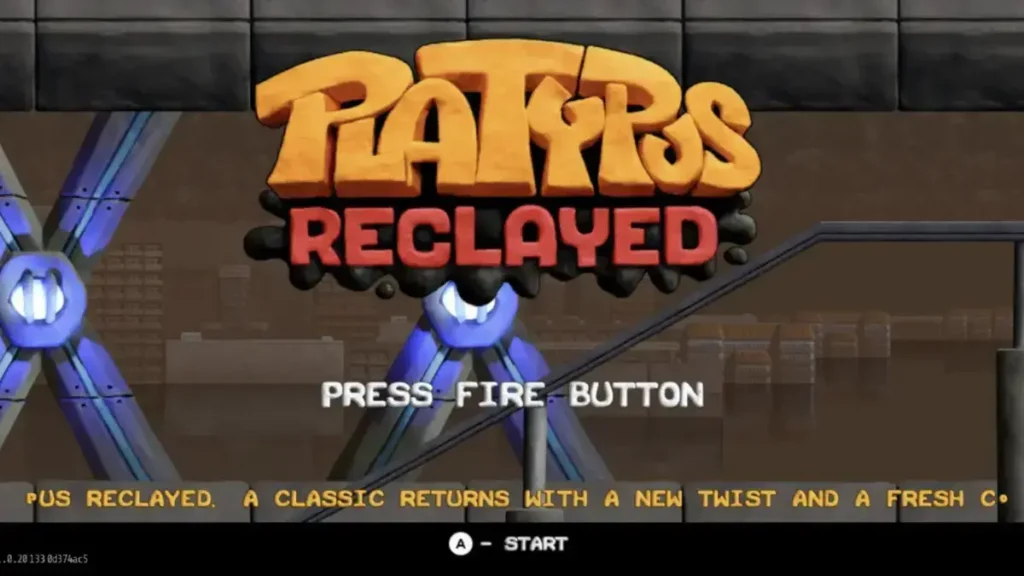
Here is where the hands on part kicks in. First, the core feel and the modes that frame each run. Next, how the remake balances familiar layouts with fresh twists. Then, why the loop stays sticky over many nights and how mods might stretch it even further.
Core Mechanics and Modes
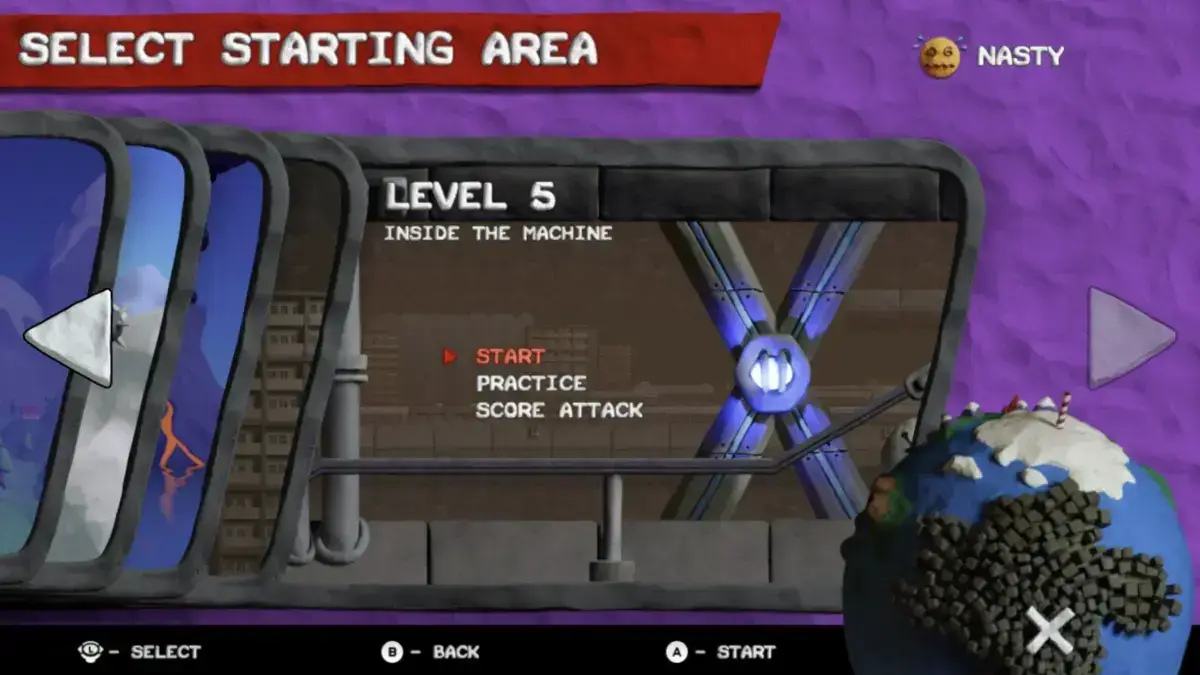
Moment to moment this is a one button side scrolling shmup. You weave through bullet patterns, grab power ups, and finish levels with chunky boss fights. The big shift is feel. Inputs are snappy. Enemy waves link together cleanly. Deaths feel earned, not random. On Nasty with an Advanced ship, I had to feather movement and respect tighter gaps. Dropping to Regular with a Beginner ship let me practice those same sections without tilt. The new enemy mixes and weapon drops actually changed how I fly certain lanes. A greedy grab mid pattern cost me a life, so on the next attempt I delayed the pickup and sailed through clean.
The flexibility in difficulty helps a lot. You can switch between four levels, Easy, Regular, Hard, and Nasty. You can also pick ship types, Beginner, Regular, or Advanced. I loved that mix. It let me set the tone for each run. I could practice on Easy with a Beginner ship, then bump to Hard with an Advanced ship once I felt ready. The result was the right kind of challenge, never too easy and rarely frustrating. Most nights I warmed up on Regular with a Regular ship, then took a Hard run with Advanced to see if the new spacing stuck. Practice mode lets you drill a problem section. Score Attack’s single life pressure makes every pickup a gamble. Classic Mode preserves the original quirks, right down to spam firing. Achievement hunters get a full set to chase.
Two player couch co-op returns on a shared screen, and it is a blast. Both players can customize controls and comfort settings on their own, and we could even pick different ship types. You can mix and match how you play together:
- Controller + Controller
- Keyboard + Mouse
- Keyboard + Controller
- Controller + Mouse
I still wish it supported three or more players and native online, but with a buddy beside me the chaos is the good kind.
Faithfulness vs. New Content
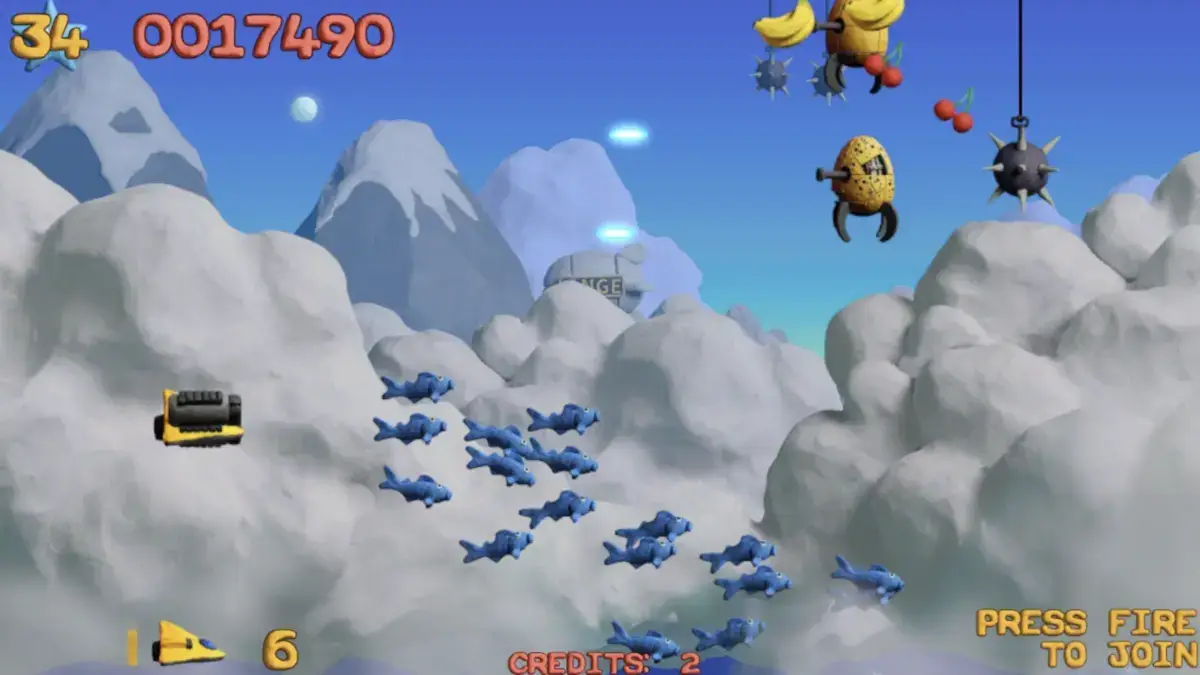
Remakes live or die on balance, and this one mostly nails it. Stage flow and boss pacing feel right. I still hit familiar beats. I also ran into remixed sections and new enemy behaviors that kept me alert on repeat runs. Level layouts I thought I knew threw in an extra formation or two, enough to trip old muscle memory and make me learn again. The new stage folds in neatly and does not feel like a bolt on. Quality of life updates help too. Restarts are fast. Technical hiccups are rare. The game just behaves across modern setups.
Midway through this Platypus Reclayed Review playthrough I noticed how the stability and pacing feed that just one more run loop. I could tweak difficulty, set a small goal like no missing a stage, and jump back in with almost no downtime. That is when a remake stops being nostalgia and becomes something I actually want to keep playing.
On the creation side, the game invites custom content. I have not built a level, but the way stages are segmented and how behaviors telegraph suggest an easy canvas for creators. I am already eyeing community challenge packs. The structure makes me think we will see some nasty but fair routes.
Now that the mechanics are solid, it is worth calling out how the music supports the action, and where it bumps into memory.
Soundtrack & Audio Design
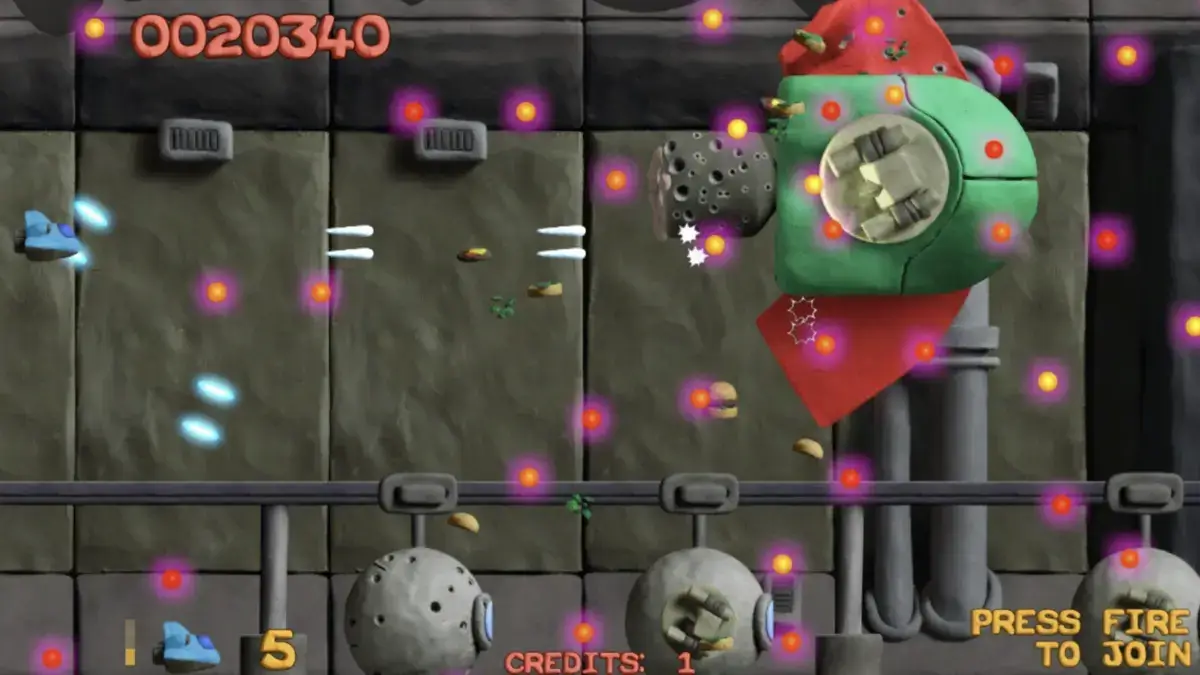
The music gets a clear boost. Fidelity is higher. Remixes fit the arcade tone. The soundtrack hits harder and sits better in the mix, so it does not drown under explosions. I did notice swaps that poked my muscle memory. In my head, Level 3’s ocean used Ocean Loader v5. Here it is replaced with Platypus 2’s red ocean music. It feels hotter and more urgent than the cool water mood I remember. I also remember Colossatropolis as industrial and grimy. Reclayed now uses a remix of the last level music from Platypus 2 for Level 4 Colossatropolis. That choice leans more finale than factory. Licensing explains it, but my ears still flag the difference. It did not ruin a run. It did make me double take the first time the ocean level kicked in, the way a familiar street feels different after a new coat of paint.
With sight and sound in a good place, performance and comfort matter next, and portable play delivered.
Steam Deck Experience
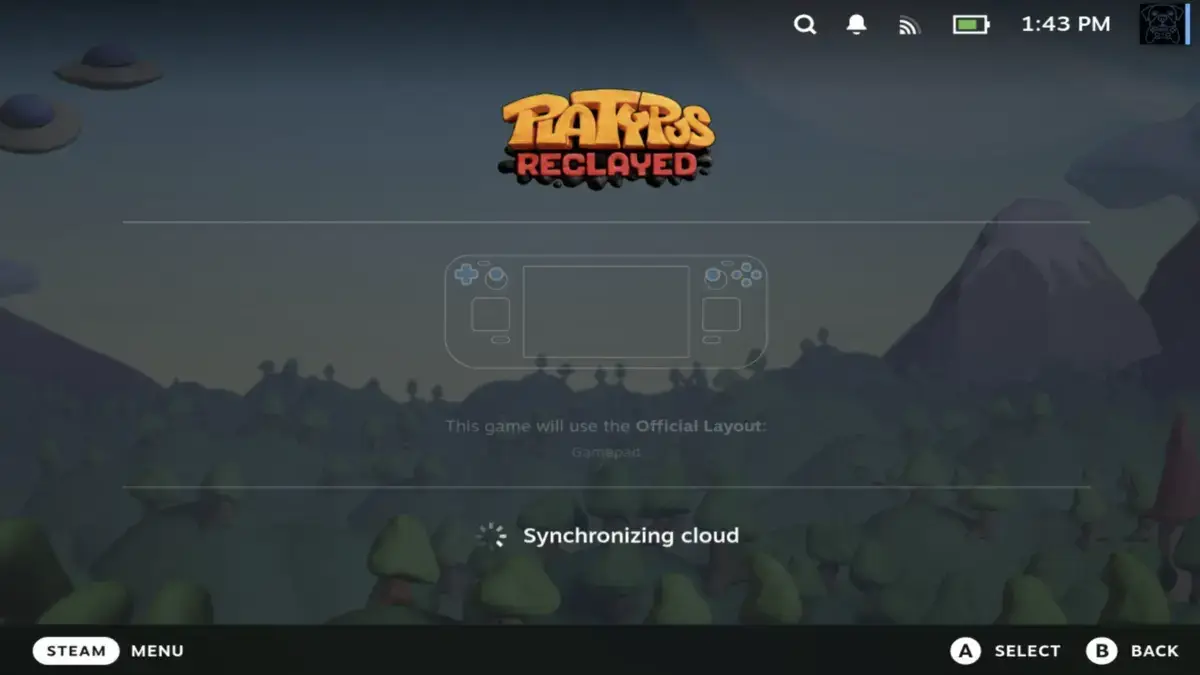
As of this review, the Steam Deck rating is Unknown, which means Valve has not published a compatibility note yet. In practice, it played perfectly on my Steam Deck. I changed nothing in game graphics, nothing in the controller layout, and nothing in Deck settings. Performance stayed smooth even when the screen was packed. No stutters. No crashes. Quick boots and steady gameplay. Wake from sleep was instant and my inputs felt crisp on the Deck face buttons, so short sessions actually worked.
During my Platypus Reclayed Review sessions on Steam Deck, the format just clicked. This is a one button shmup, so it is easy to relax and clear a couple stages on a break or grind Score Attack on the couch. The smaller screen flatters the clay detail and battery draw felt reasonable. Cloud saves let me swap between Deck and PC without worrying about progress.
Final Take – Is Platypus Reclayed Worth Playing?
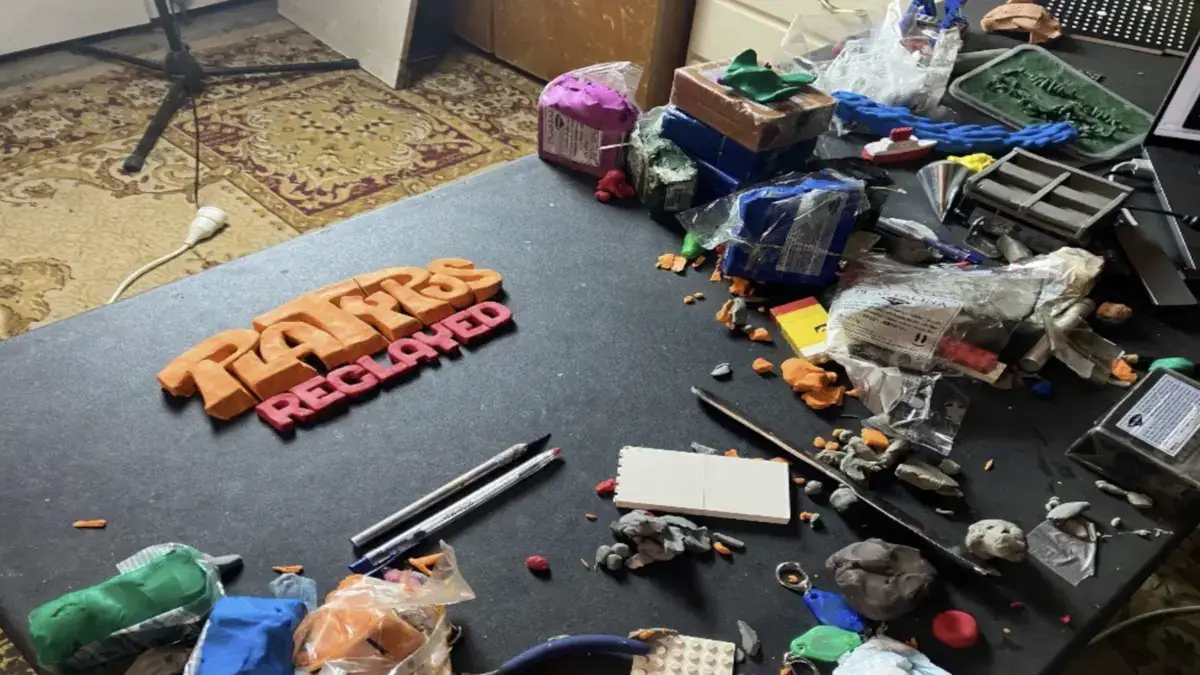
If you want a classic arcade shooter that looks like a handcrafted diorama, plays clean on modern hardware, and runs perfectly on Steam Deck without tinkering, the answer is yes. It keeps the soul of the original while fixing fussy bits and adding enough new content to make repeat runs interesting. In this Platypus Reclayed Review the verdict is a confident recommendation for fans chasing nostalgia and newcomers who want a welcoming shmup with real depth.

